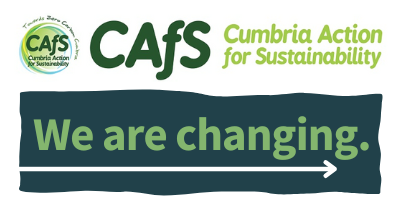In a few days’ time, world leaders will arrive in Glasgow for the UN climate summit, COP26. When the negotiations draw to a close two weeks later, will countries have made the commitments needed to keep global temperature rise within the crucial 1.5 degrees limit?
Speaking to school children this week, the prime minister said: “I am very worried because it might go wrong and we might not get the agreements that we need and it is touch and go. It is very, very difficult, but I think it can be done.”
Whether the PM was managing expectations, or being cautiously optimistic, each can judge for themselves. One thing is clear – regardless of the commitments that countries make during COP, the science remains the same. Globally, we must reduce emissions by 45% by 2030 if we’re to have any prospect of keeping within the 1.5 degree limit.
The reports by the UN’s climate scientists, the IPCC, over the past few months couldn’t be any clearer. Their August report was branded ‘code red for humanity’. They’ve said the viability of our societies depend on staying within these emissions limits.
So, what happens if governments don’t act? Well, we’re now at around 1.2 degrees above the average global temperature of pre-industrial times, before we started burning fossil fuels at scale. We’re already seeing the impacts of this seemingly small change in temperature around the world – heatwaves, droughts, floods, wildfires, rising sea levels, acidification of oceans, melting of permafrosts and glaciers – and the devastation these have already caused for people and nature, as well as the huge financial cost of dealing with the aftermath. Some of these changes are irreversible.
It is deeply concerning that the pledges made by countries so far put us on track for a 16% increase in emissions by 2030, instead of the 45% decrease needed. This effectively abandons low-lying nations and many in the global south to climate chaos, while condemning communities here in Cumbria to face repeated and more severe flooding.
With every fraction of a degree that temperatures rise, the impacts worsen. That’s why every tonne of carbon saved counts. That’s why we have targets in Cumbria for emission reduction that are based on the science, led by the Zero Carbon Cumbria Partnership of 80+ organisations – from business leaders and local authorities to community groups. That’s why our county has ambitious projects that lead the way and bring wider benefits. For example, the switch to renewable energy in Cumbria has huge potential to create new jobs and increase our resilience and energy security. Actions to reduce energy use in our homes will also make them warmer and save people money in the long term.
We hope to see action out of COP26 that aligns with the urgency of the science and gives us the results recommended by the IPCC – pledges in line with 1.5 degrees, and the end of all new fossil fuel exploration and production. Whatever governments commit to during COP26, here in Cumbria we will continue to act at the pace and scale required by science. We will lead the way, ensure communities benefit from and influence climate action in the county, and do all we can to bring about the thousands of green jobs, that will result.


